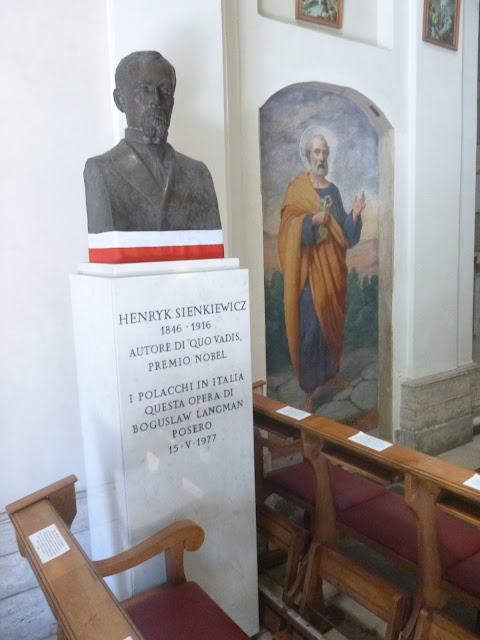The Times rarely publishes a second such announcement and in our entire history this appears to be the lone instance in which we are publishing a third one. To put it plainly Lord Trowelsworthy's two prior "deaths" having been subsequently proven to be successful efforts to swindle investors and insurance companies we have Grave Misgivings in this matter.
But the circumstances are as they are.
Lord Trowelsworthy was last seen in mid May trudging across a dry and desolate landscape with a mattock over his shoulder. When his expected return was not forthcoming his loyal retainers instituted an immediate search of all drinking establishments in a twenty mile radius.
By the time Civil Order was restored several days had passed, and Lord Trowelsworthy being constitutionally indisposed to Temperance the Coroner had no choice but to issue a verdict of "presumed deceased, cause: Thirst".
It is of course customary in articles of this nature to recount in detail the salient features of the Departed's Life. In this effort The Times is in no small way hindered by the fact that essentially all documents relating to Badger Trowelsworthy have on careful study been proven to be fraudulent. Oddly, many of the forged documents are not at all the clumsy efforts they look to be at first glance. No, for reasons impossible to fathom they are actually finely crafted work done by forgers at the pinnacle of their devious profession, who have in fact been commissioned to produce superb fakes of crude documents!
Among the "facts" that can be dismissed out of hand are his purported birth date of 1910 and the names of his parents Vicount Busby Smyth-Smyth and Consuela the Bar Maid. There is on the other hand some evidence to support his recent residence in Arsuk, Greenland, if only the six cases of contraband whale meat found in his rooms in Northumberland.
Of his activities in recent years much could be said. But The Times is not that sort of publication. In proper circles there is still considerable rancor over the matter of Lord Trowelsworthy's "fixing" of the Alamagordo Cup, a scandal from which the once illustrious sport of Armadillo racing shows no prospect of recovery.
Lord Trowelsworthy is survived by his puzzled widow and by an indeterminate number of jubilant ex-wives. None of them will be quoted on the record, either on the advice of counsel or by their flagrant violation of the rules by which decorum is maintained in these pages.
In a surprise move Timothy Wolter, a retired physician living in a rustic province of the United States, has been designated as Lord Trowelsworthy's literary executor and personal representative. Although also loathe to speak on the record Doctor Wolter made no effort to deny reports now in circulation that the Trowelsworthy Will has been read, and that it consists of several hundred pages of esoteric puzzles that are designed to keep distant relatives Biff and Otteria Trowelsworthy vexed and impecunious for the foreseeable future. His widow Babs on the other hand is said to be recieving regular remuneration from sources unknown, with the express requirement that she spend them conspicuously.
We conclude this Obituary with the same skepticism with which we began it, by expressing as we see them the appropriate sentiments for such an occasion.
Badger Trowelsworthy
1910 - 2017
R.I.P.

















































